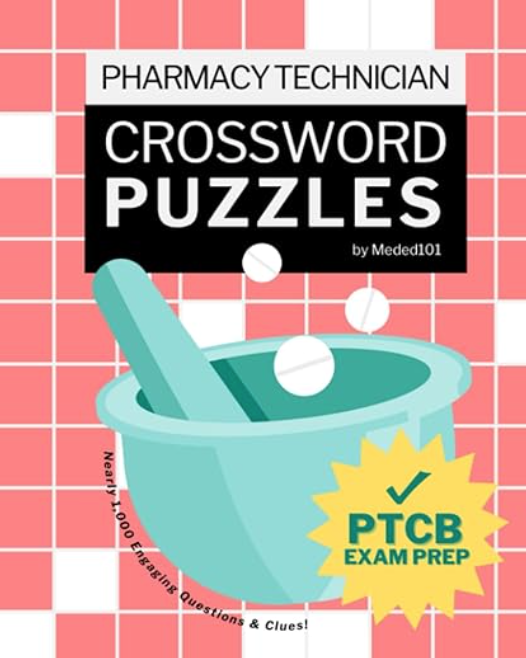Type II diabetes is a complicated disease state that often requires a combination of medications to control. However, some combinations of antidiabetes medications, such as sulfonylureas and basal insulin, may lead to unintended adverse effects. In this article, we explore the risks, benefits, and clinical considerations of combining sulfonylureas with long-acting insulin.
Hypoglycemic Risk with Combination Therapy
Sulfonylureas (podcast) and insulin (podcast) therapy are both considered to have high glucose-lowering efficacy. But how do they work? Sulfonylureas stimulate insulin release from the beta-cells of the pancreas, while long-acting insulin supplies the body with a slow release of exogenous insulin.
Since both medications function independently of glucose levels within the body, the combination of insulin and sulfonylureas potentiates the risk of developing hypoglycemia. Given this risk, the American Diabetes Association (ADA) 2025 Guidelines recommend discontinuing or limiting the use of sulfonylureas when initiating insulin therapy.
Limitations of Sulfonylureas in Advanced Diabetes
Sulfonylureas are most effective in the earlier stages of diabetes management, as their blood glucose-lowering abilities are dependent on the beta cells’ ability to produce insulin. Therefore, as type II diabetes progresses and insulin production from beta cells declines, sulfonylureas lose their efficacy. Since beta cells have a limited capacity to produce insulin, sulfonylureas possess a plateau-like effect, most often observed as diabetes progresses. In these cases, exogenous insulin therapy is required to supplement the reduced levels of endogenous insulin secretion. This raises the question as to whether sulfonylureas are an appropriate therapy option for patients with advanced diabetes who require insulin therapy.
Additional studies have suggested that when adding basal insulin to sulfonylureas, a 50% dose reduction of the sulfonylurea does not have a significant effect on the insulin dose required for maintaining therapeutic blood glucose levels. This is likely due to the limiting effects of reduced beta-cell functioning. Overall, this further justifies the ADA 2025 Guideline recommendation to reduce or discontinue sulfonylureas in patients prescribed basal insulin (great board exam question!).
Key Patient-Centered Considerations
While sulfonylureas are not considered first-line treatment for type II diabetes, there are a few reasons why they may be appropriate for select patients. Metformin is a commonly prescribed medication for type II diabetes, but many patients experience a dose-limiting side effect of diarrhea, stomach pain, and nausea/vomiting. While sulfonylureas may cause gastrointestinal upset, the frequency is much less than metformin. Therefore, it may be a reasonable option for patients with an intolerance to metformin. Other agents are commonly prescribed for their cardiovascular and renal benefits. These include GLP-1 receptor agonists, GIP/GLP-1 receptor agonists, and SGLT2 inhibitors, which can be expensive and unaffordable for many individuals. Additionally, many patients report difficulty filling GLP-1 and GIP/GLP-1 receptor agonist prescriptions given manufacturing shortages, limiting accessibility, and reducing adherence.
Therefore, given these challenges, sulfonylureas may be an appropriate low-cost alternative for those with financial limitations, medication intolerances, or medication shortages. However, if used in combination with long-acting insulin, patients must be informed of the potential consequences and methods for counteracting them. Monitoring for symptoms such as sweating, confusion, agitation, and shakiness is key to the immediate management of hypoglycemia to avoid sustained adverse effects.
Conclusion: Sulfonylureas and Insulin
In conclusion, it is ideal to avoid the combination of sulfonylureas and insulin. If the combination is going to be used, it is most appropriate for patients who have retained some beta cell function and have cost or medication availability limitations. It is reasonable to suggest decreasing the dose or discontinuing sulfonylureas when appropriate and, given the increased risk, ensuring the patient understands how to monitor for the signs and symptoms of hypoglycemia.
Do you see this combination of medications in your practice?
This article was written by Christiana Carpenter, PharmD, Candidate in collaboration with Eric Christianson, PharmD, BCPS, BCGP
- 30 medication mistakes PDF
- 18+ Page Drug Interaction PDF
- 10 Commandments of Polypharmacy Webinar based on my experiences in clinical practice









0 Comments